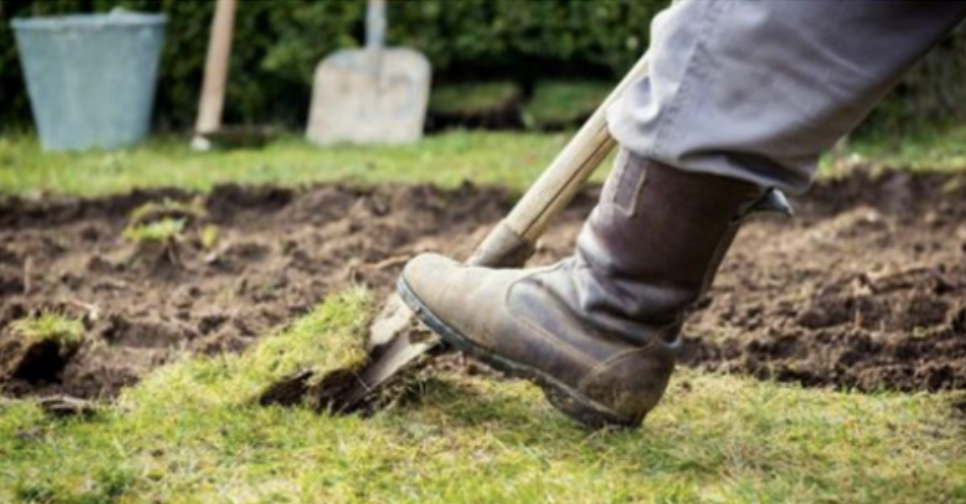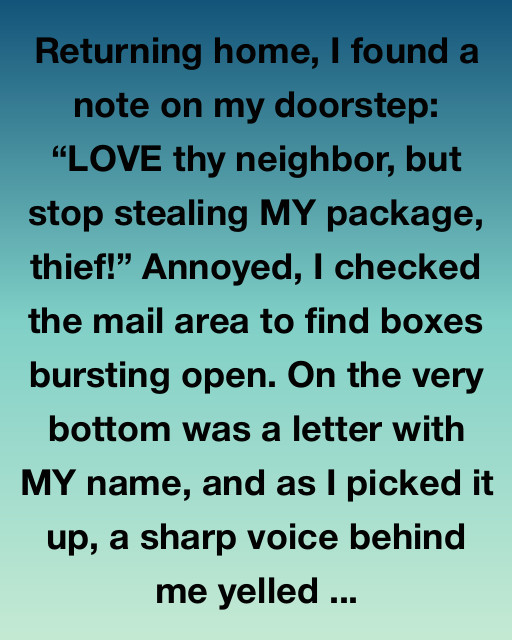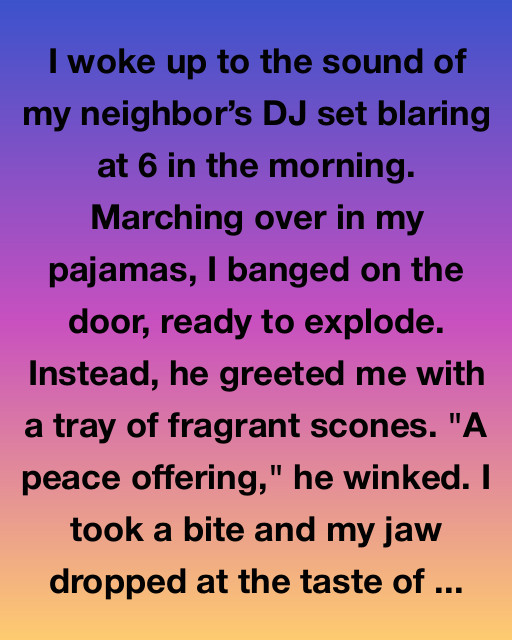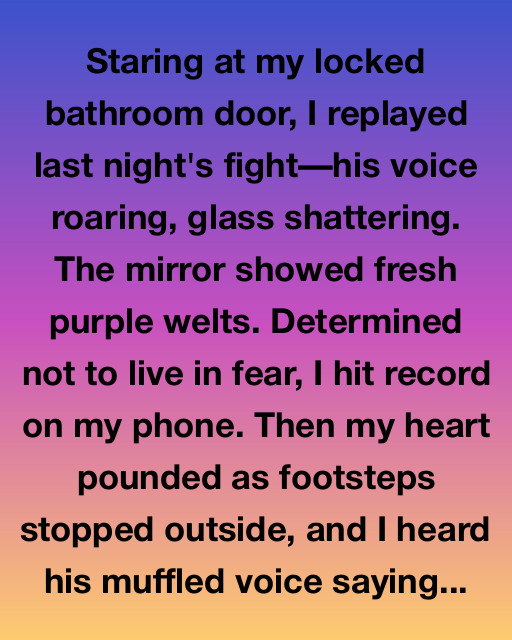John Sims, a resident of Tucson, Arizona, thought he was moving into a quiet home when he first arrived. Little did he know that his new house held a mysterious secret. The former owner had mentioned rumors about something buried on the property, and John’s curiosity got the best of him. What he discovered would send shivers down his spine – this was definitely not what he had expected.

The Mysterious Backyard
John’s friend, the previous owner of the house, had told him about a strange rumor surrounding the property. Apparently, local elders believed that something unexplainable was buried somewhere on the land. Even though his friend hadn’t been able to solve the mystery, John couldn’t resist the urge to uncover the truth.
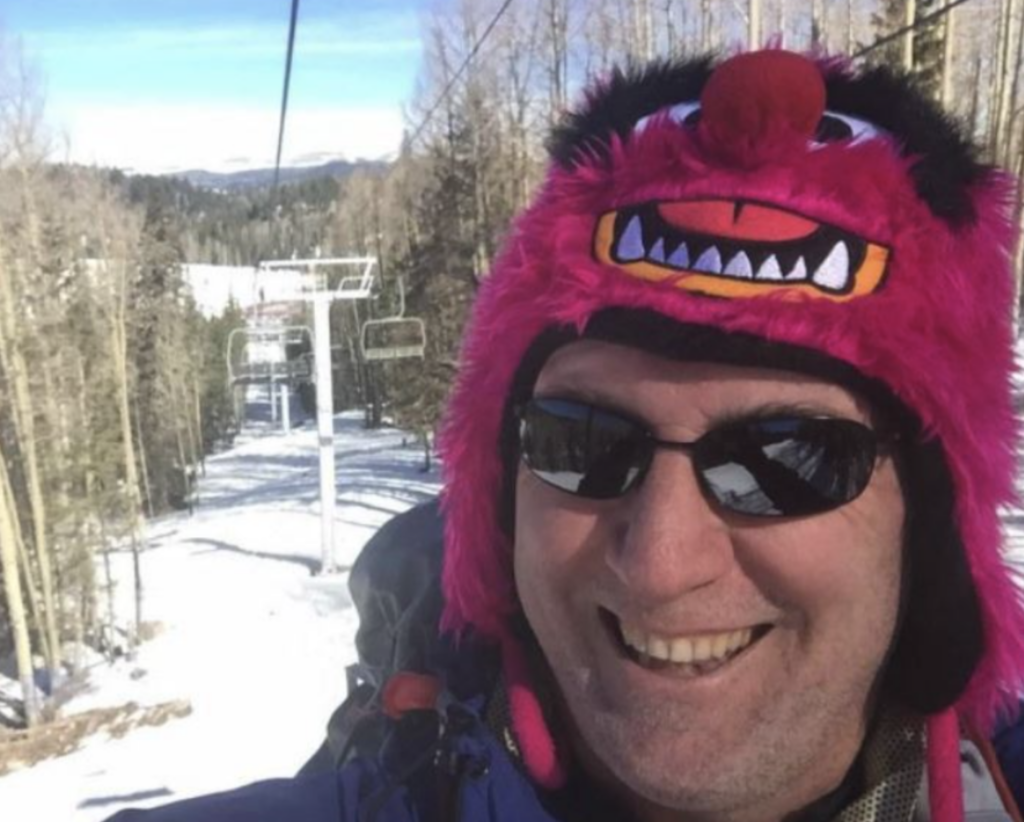
Curiosity Strikes
As John settled into his new home, his curiosity only grew stronger. He couldn’t stop thinking about the hidden secret that might be lurking beneath his backyard. Determined to find out what lay beneath the surface, John started exploring and digging. Despite his efforts, he found nothing but dirt. It seemed that whatever was buried there was hidden even deeper, possibly beneath the bricks.
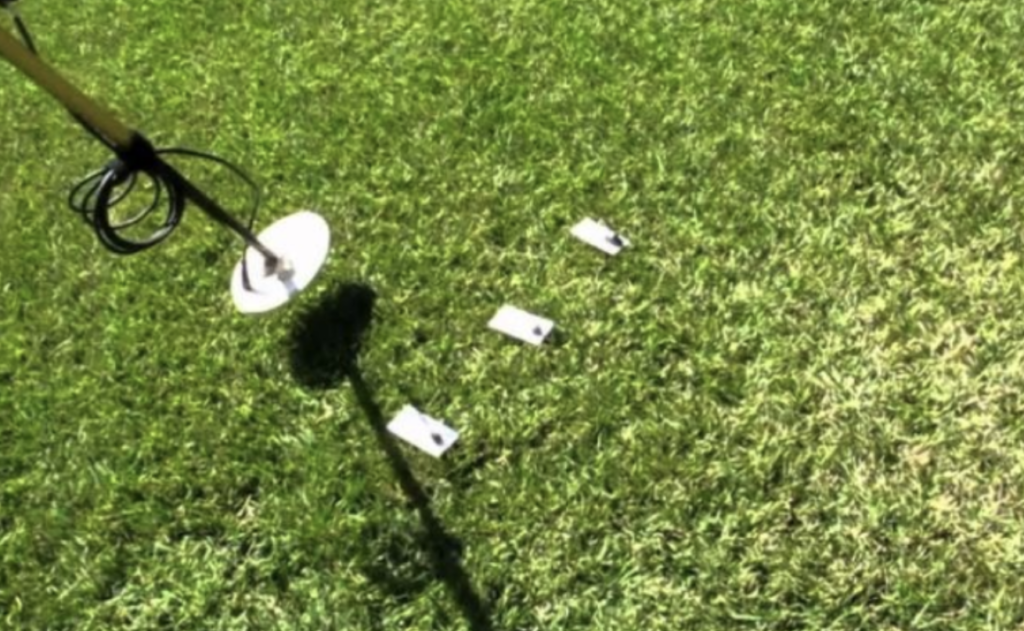
Unearthing Clues
To further investigate, John obtained municipal records that revealed a peculiar structure built by a company called Whitaker Pools in 1961. Armed with this new information, John became more determined than ever to solve the mystery. He enlisted the help of consultants equipped with metal detectors to pinpoint the exact location. With the detectors alarming in specific spots, John marked them with X’s. Finally, progress was being made.
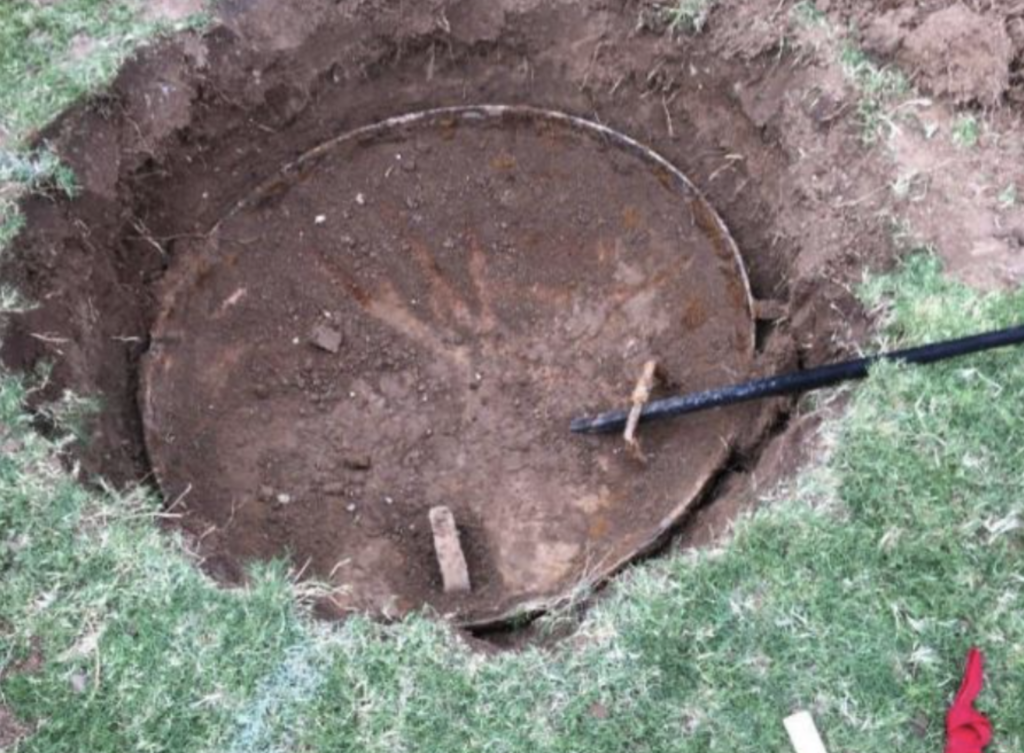
The Thrill of Discovery
Eager to uncover the truth, John grabbed his shovel and started digging. It didn’t take long before he struck something metallic, buried three feet below the grass. As his excitement grew, he paused to consider the potential dangers. What if it was a septic tank or a pipe that he might damage? Proceeding cautiously, John continued with precision, feeling that he was on the verge of solving the mystery.
Opening Pandora’s Box
Finally, John uncovered what appeared to be the entrance to a hatch. He carefully cleared away the dirt and opened the metal lid. Being cautious of potential mold spores or toxic fumes, he allowed the enclosure to ventilate for a day and had the air tested for safety. With precautions in place, John was ready to take the next step.
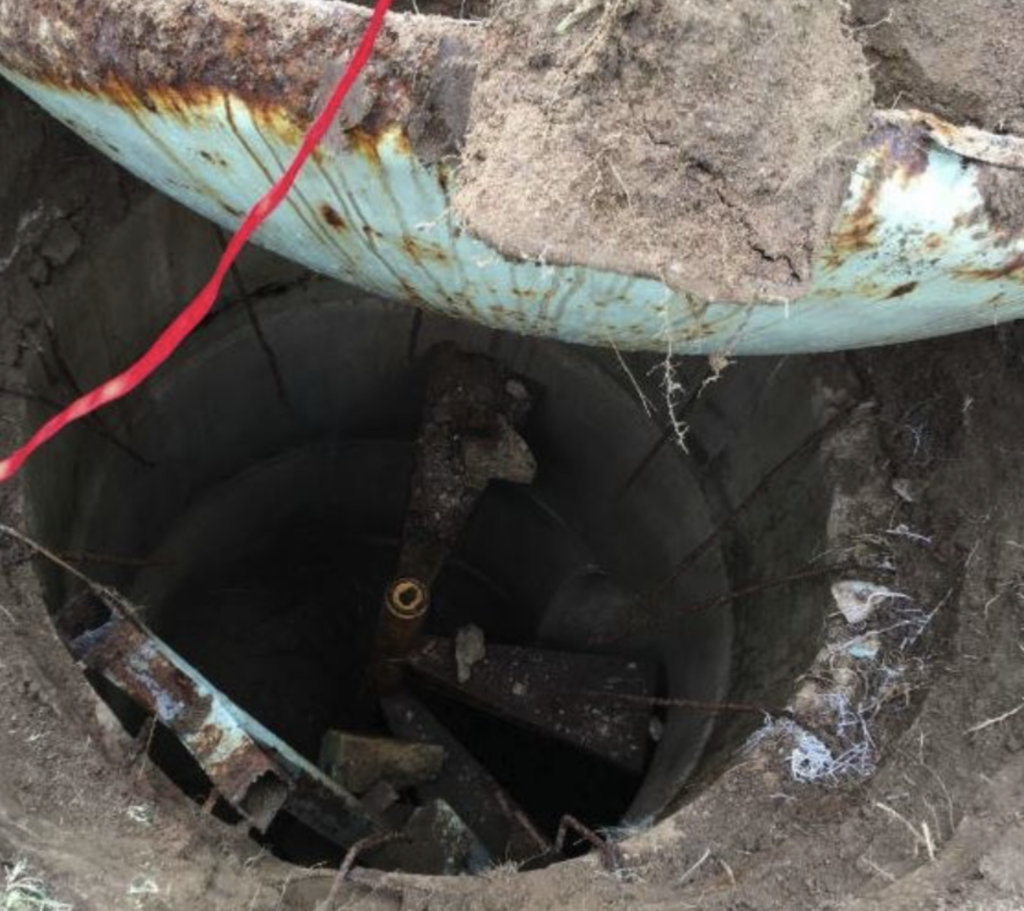
Safety First
Being a captain of the Rural/Metro Fire Department, John understood the risks involved in confined spaces. He knew it wasn’t safe to venture down alone. As he couldn’t lift the lid on his own from underneath, he formed a team to assist him. Together, they would ensure the exploration of the shaft was done safely.
Formulating a Plan
The team came together to discuss their strategy and created a blueprint for the excavation. They reinforced the concrete structure, repaired the entrance, and set up proper lighting and ventilation. Their hard work aimed to ensure the safety of all involved.
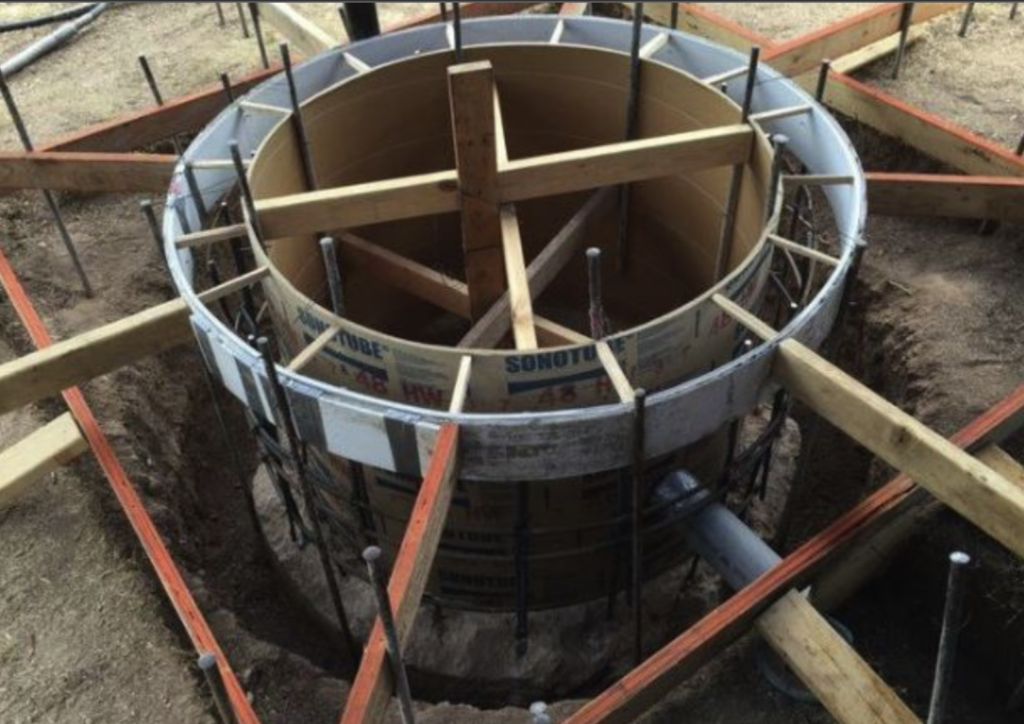
Unveiling History
With the work complete, John descended a ladder to explore the depths of the structure. To his amazement, he found a well-preserved nuclear bomb shelter dating back to the Cold War era. Built as a precaution during the tense relationship between the USA and the Soviet Union, the shelter was a testament to the fears of the time.
Tucson’s Connection to Bombs
Tucson had a unique history intertwined with the threat of nuclear war. In the past, it housed numerous missile silos capable of immense destruction. These silos were highly secretive and were eventually disabled after the Cold War ended. Many of the nuclear shelters in the area were either destroyed or sealed during the early 1980s.
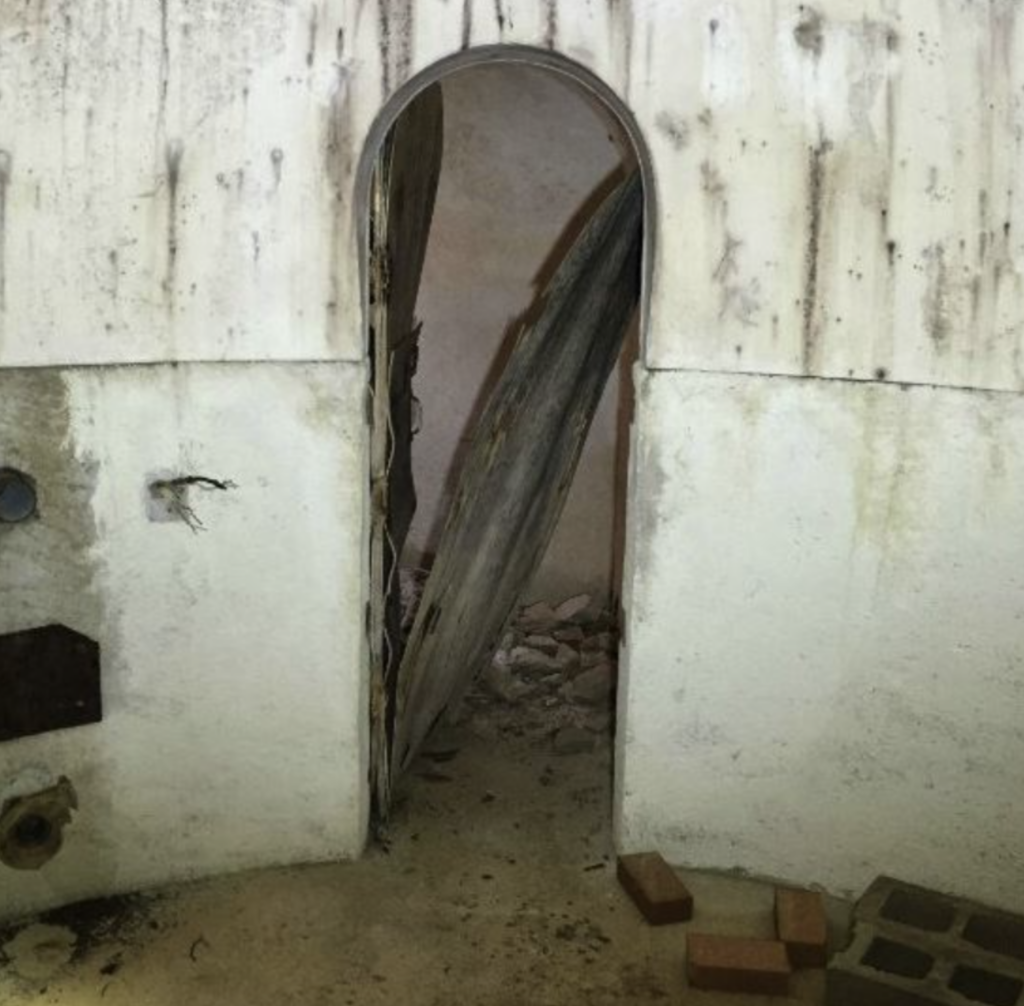
A Remarkable Discovery Goes Viral
When John shared his incredible discovery on Reddit, it quickly gained traction and went viral. Local newspapers, TV shows, and even international publications picked up the story, sparking interest and curiosity among Tucson residents. It became a hot topic, with many wondering if they had similar hidden treasures in their own yards.
What’s Next?
The newfound attention connected John with others in the area who also possessed fallout shelters. They exchanged ideas about cleaning, restoring, and repurposing these historical structures. While most opted for wine cellars or man caves, John had a different plan. Inspired by the Cold War era, he aimed to create a Cold War museum within his shelter. He began collecting memorabilia to showcase the history of the time.
Reflecting on the Find
During an interview, John expressed his initial hopes of finding a time capsule filled with civil-defense items and furniture. Although the bomb shelter lacked furnishings, John delved into the past by studying the Cold War era and gathering relevant artifacts tied to that period. He believed that the Cuban Missile Crisis motivated Tucson residents to construct bomb shelters in their yards during the 1960s.
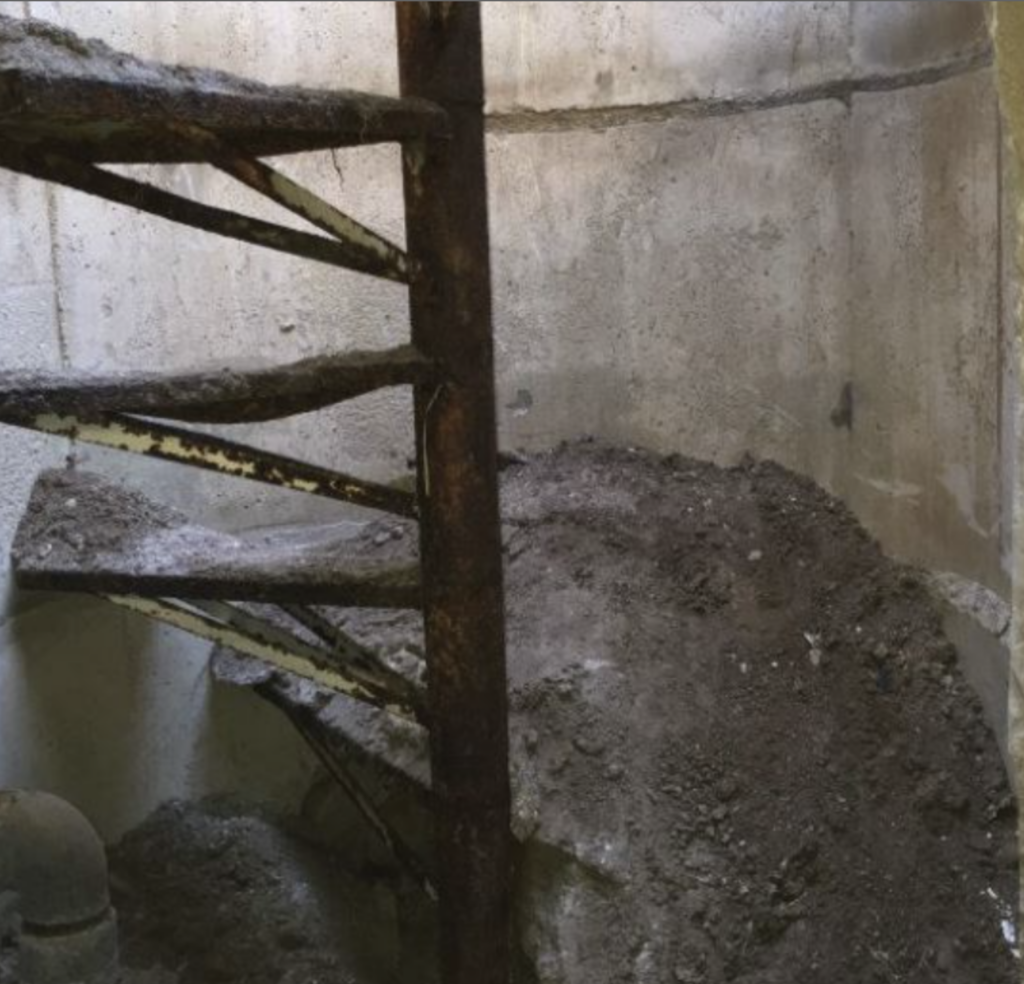
Advice for Tucson Residents
For those curious about their own yards, John recommended searching the records of the City of Tucson or Pima County for information on bomb shelters. Building permits might hold valuable insights into the history of their properties. He also advised caution, emphasizing that exploring unknown underground spaces can be dangerous due to toxic air or potential cave-ins.
Restoring and Rebuilding
With the intention of restoring his bomb shelter, John set up a GoFundMe campaign to gather financial support. The funds he collected allowed him to repair the entryway and replace the staircase, ensuring safe access for renovations. John and his team can now come and go with ease as they continue their work.
